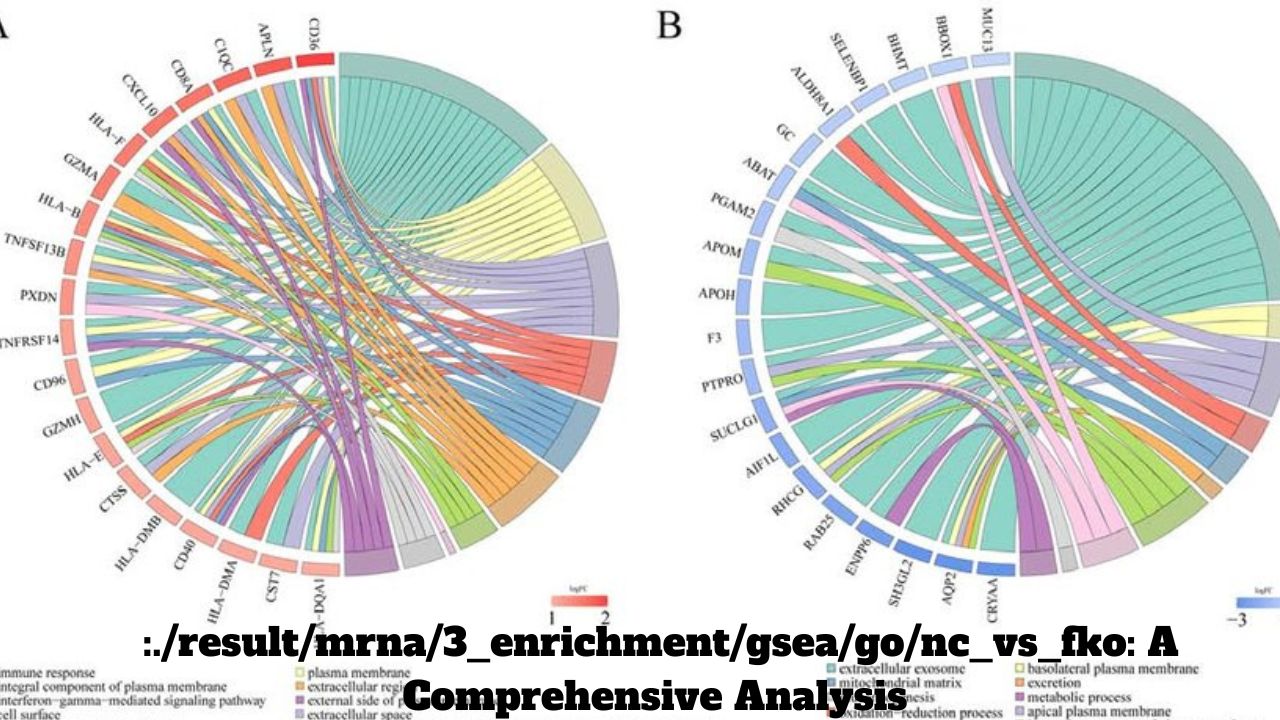Digital tipping has seen a surge in recent years, transforming how gratuities are given and received. The introduction of tip screens, especially in retail and hospitality sectors, has redefined traditional tipping practices. This article delves into the dynamics of tip screen, exploring their rise, functionality, and impact on both businesses and consumers.
The Rise of Digital Tipping
The digital revolution has touched nearly every aspect of our lives, and tipping is no exception. As businesses increasingly adopt cashless payment systems, tip screens have become a common feature at the end of many transactions. Whether you’re paying for a coffee or getting a ride-share, a tip screen often pops up, prompting you to add a gratuity with just a few taps.
Definition and Function of Tip Screens
Tip screens are digital interfaces integrated into payment systems, allowing customers to add a gratuity to their total bill. These screens usually present a range of tip options, typically as a percentage of the total amount or a set of fixed dollar amounts. The goal is to make tipping easier and more convenient for customers while ensuring that service staff receive fair compensation.
The Evolution of Tipping Etiquette
Traditional Tipping Practices
Tipping has long been an established custom, particularly in service industries such as dining and hospitality. Traditionally, tips were given in cash, often directly to the service provider. The amount was usually left to the discretion of the customer, who considered factors like service quality and personal satisfaction.
Transition to Digital Tipping
With the advent of digital payments, the practice of tipping has evolved. Digital tipping not only simplifies the process but also standardizes it, thanks to predefined options displayed on tip screens. This transition has raised questions about tipping etiquette, such as what constitutes an appropriate tip and how these new methods influence customer behavior.
How Tip Screens Work
The Mechanics of Tip Screens
Tip screens operate as part of a larger digital payment system. When a customer completes their purchase, the tip screen appears, offering several tipping options. These options can include percentages of the total bill (e.g., 15%, 20%, 25%) or fixed amounts (e.g., $1, $3, $5). Customers can select their preferred tip amount or choose to enter a custom amount. The selected tip is then added to the total transaction amount.
Common Tip Screen Options
Typically, tip screens offer three to four suggested tip amounts. These suggestions are often customizable by the business and can be set as percentages or fixed amounts. Some systems also allow customers to bypass the tip screen entirely, opting out of leaving a tip if they choose. This flexibility caters to a wide range of customer preferences and tipping habits.
Impact on Customer Experience
Convenience vs. Obligation
One of the primary advantages of tip screens is the convenience they offer. By providing preset tip options, they simplify the decision-making process for customers. However, this convenience can sometimes feel like an obligation. The presence of a tip screen may pressure customers into leaving a gratuity, even when they might not have intended to.
Psychological Effects of Tip Suggestions
The suggested amounts on tip screens can significantly influence customer behavior. Studies have shown that customers are more likely to choose one of the preset options rather than entering a custom amount. This phenomenon, known as “choice architecture,” subtly guides customers towards higher tips, benefiting the service staff but raising questions about its ethical implications.
Business Perspectives
Benefits for Businesses
From a business standpoint, tip screens offer several benefits. They streamline the tipping process, reduce the need for handling cash, and ensure that employees receive tips in a timely manner. Additionally, businesses can potentially see an increase in tip amounts due to the influence of suggested tipping options.
Challenges and Drawbacks
Despite the benefits, there are challenges associated with tip screens. Some customers may feel uncomfortable or pressured by the digital tipping process, leading to dissatisfaction. Furthermore, businesses must carefully design their tip screens to avoid perceptions of greediness or coercion, which can harm their reputation.
Consumer Reactions
Positive Feedback
Many consumers appreciate the convenience of tip screens. The ability to quickly and easily add a gratuity without fumbling for cash is a significant advantage. Positive reactions often highlight how tip screens make it easier to reward good service, especially in fast-paced environments where efficiency is valued.
Negative Feedback
On the flip side, some consumers feel that tip screens create unnecessary pressure. The act of being prompted to tip in a highly visible manner can be uncomfortable, especially if they feel the service did not merit a tip. Negative feedback tends to focus on the perceived obligation to tip and the lack of anonymity in the process.
Also Read: 黑料网 Website For Anonymous Sources
Ethical Considerations
Fairness and Transparency
The ethical implications of tip screens revolve around fairness and transparency. Businesses must ensure that their tipping systems are transparent, clearly indicating where the tips go and how they are distributed. Customers should feel confident that their gratuity is reaching the intended recipient.
Potential for Coercion
The potential for coercion is a significant concern. Tip screens must be designed to offer genuine choice, allowing customers to opt-out without feeling guilty or pressured. Ethical considerations also involve setting reasonable default tip amounts that reflect industry standards and local customs.
Optimizing Tip Screens for Success
Best Practices for Implementation
To maximize the benefits of tip screens, businesses should follow best practices for their implementation. This includes offering a range of tip options, clearly communicating how tips are used, and regularly reviewing the system to ensure it meets customer expectations and industry standards.
Customizing Tip Amounts and Options
Customization is key to a successful tip screen strategy. Businesses should tailor the tip amounts and options to their specific context, considering factors such as the type of service, average transaction size, and customer demographics. By doing so, they can create a tipping experience that feels fair and appropriate.
Case Studies
Successful Implementations
Examining successful implementations of tip screens can provide valuable insights. For instance, some coffee shops have reported increased tips and customer satisfaction after introducing well-designed tip screens. These case studies highlight the importance of thoughtful design and customer feedback in achieving positive outcomes.
Lessons Learned from Failures
Conversely, there are lessons to be learned from less successful implementations. Businesses that have faced backlash for aggressive tipping prompts or unclear tip distribution have had to rethink their approach. These cases underscore the importance of balance and transparency in tip screen design.
Future Trends in Digital Tipping
Innovations in Tip Screen Technology
The future of digital tipping is likely to see continued innovation. Advancements in technology could lead to more personalized tipping experiences, such as suggestions based on previous tips or real-time feedback from service staff. These innovations aim to make tipping more intuitive and aligned with customer preferences.
Potential Shifts in Tipping Culture
As digital tipping becomes more widespread, it may influence broader cultural shifts in tipping practices. The ease of leaving a digital tip could lead to more consistent tipping behavior across different service industries, potentially standardizing gratuity expectations.
Also Read: Benefits of Smoothstack Lawsuit
FAQs
What is a tip screen? A tip screen is a digital interface integrated into payment systems that allows customers to add a gratuity to their total bill.
How do tip screens influence customer behavior? Tip screens can influence customer behavior through suggested tip amounts, often leading customers to select one of the preset options rather than entering a custom amount.
Are tip screens beneficial for businesses? Yes, tip screens offer several benefits for businesses, including streamlining the tipping process, reducing the need for handling cash, and potentially increasing tip amounts.
What are the ethical considerations of using tip screens? Ethical considerations include ensuring fairness and transparency in the tipping process, avoiding coercion, and setting reasonable default tip amounts.









